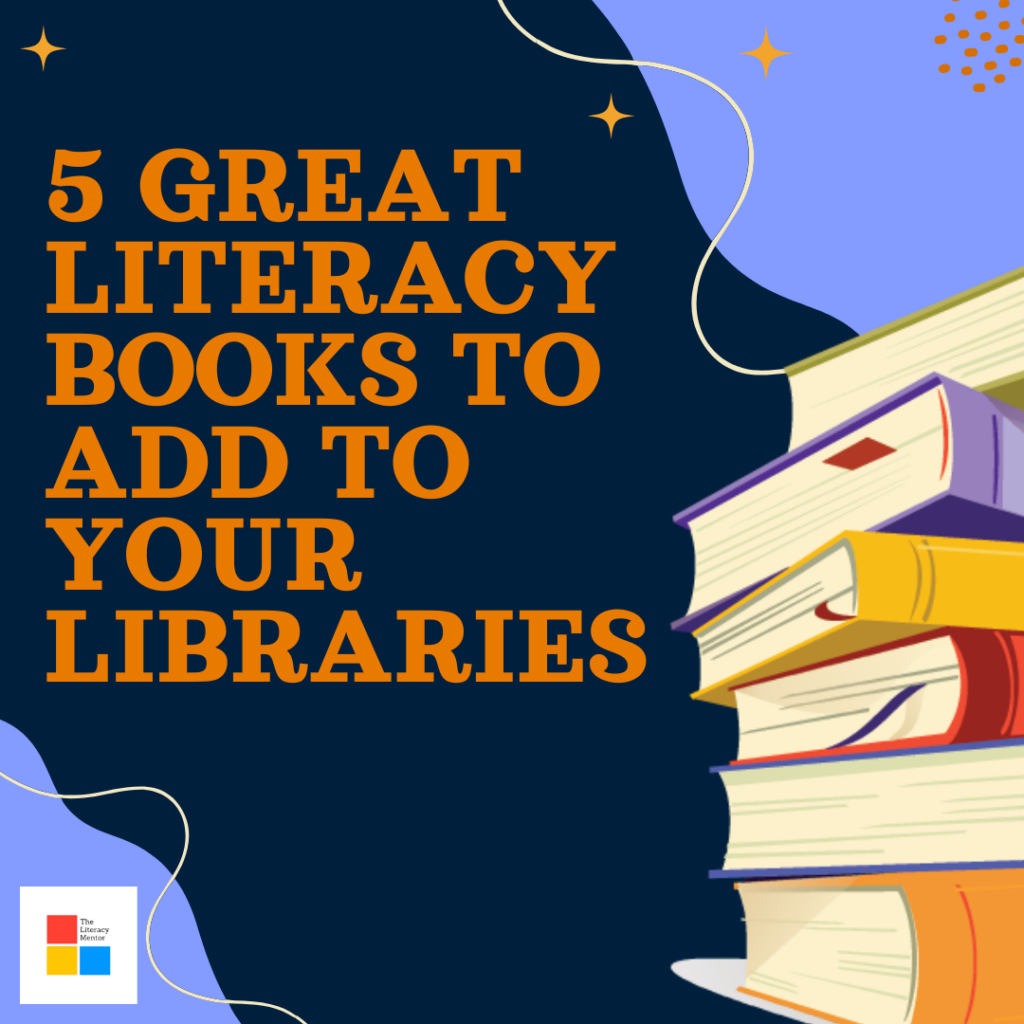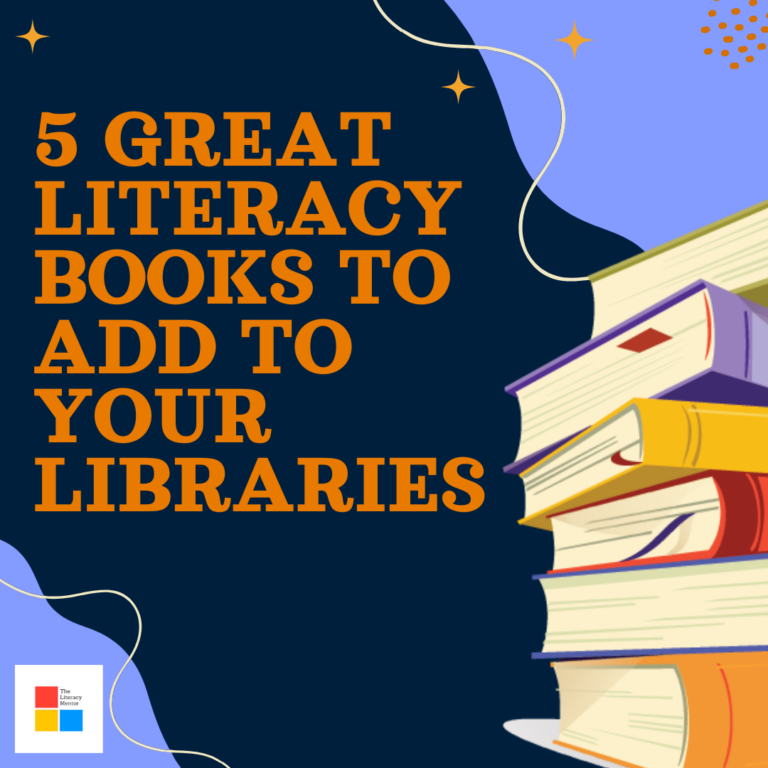
5 essential literacy resources for teachers...
Are you looking for some great literacy resources to add to your personal or school libraries?
I recently read a post on a support group for literacy teachers and it got me thinking about some of the essential recommendations I would make for teachers looking to improve their literacy pedagogy.
Scaffolding Language Scaffolding Learning– Pauline Gibbons
Now available as an updated second edition, my copy is the original version, with many sections highlighted and underlined. I was introduced to Pauline Gibbons’ work while studying for my Masters of TESOL and have used her understandings on the importance of scaffolding to underpin all of my pedagogy.
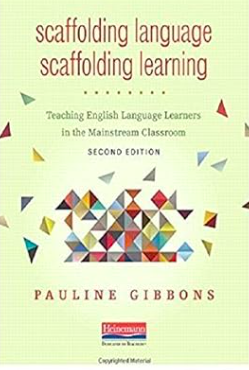
English Learners Academic Literacy and Thinking- Learning in the Challenge Zone by Pauline Gibbons
This book really helped me to understand the need to extend academic literacy and thinking for EAL/D learners and for literacy students. Following on from reading his book, I have really been able to focus on student writing, reading and vocabulary and think about how to build sophistication in all these areas in order to improve student learning and achievement.
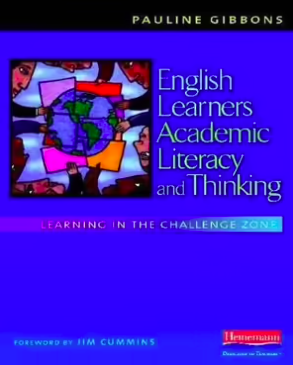
The Writing Revolution by Judith C. Hochman and Natalie Wexler
The Writing Revolution is ‘huge’ in the United States.
Part of its appeal is that it gives teachers an accessible way to improve their students writing skills.
My favourite strategy that I like to use in this book is ” BECAUSE…BUT…SO…”.
I also think literacy teachers will find the different examples from various subject areas very useful when working with teachers.
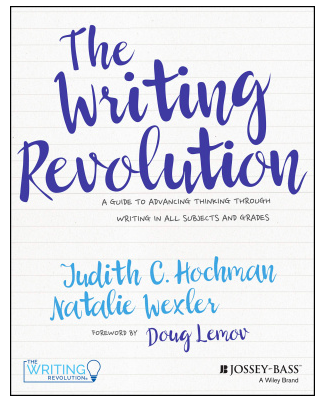
Dyslexia and Spelling- Making Sense of it All by Kelly Sandman-Hurley
This is a great resources for literacy and english teachers who want to understand how to help students who have dyslexia.
As a high school teacher, I found the book very accessible. Sandman-Hurley covers key terminology, such as morphemes and phonemes, in an easy to understand way. The book has very clear graphics and tables. I particularly like the use of word matrix tables, showing students how to build word sums using base words + prefixes + suffixes + connecting vowels. I have used this strategy with high school students using post it notes to create a word matrix as a means of making the learning multi-sensory.
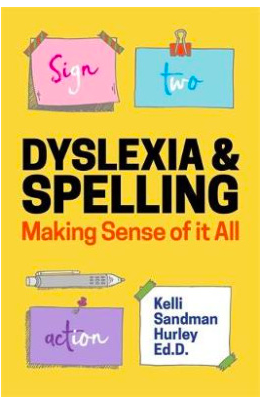
20+ Literacy Strategies for the English Classroom- Years 7-9 by Felicity Conneely
If you are needing some effective literacy strategies to improve your students use of vocabulary, and their reading and writing skills, then this is the text for you. Over 20 literacy strategies are explaining using specific examples from Junior English classrooms, Years 7-9. These strategies can easily be adapted for other subject areas. Available at www.theliteracymentor.com for instant digital download.
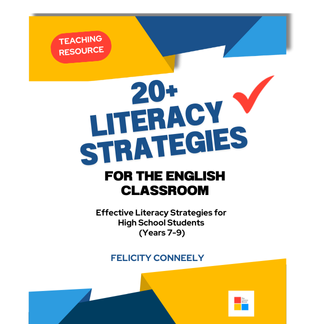
These 5 resources are just the start.
Do you have any other essential books that you would recommend?

